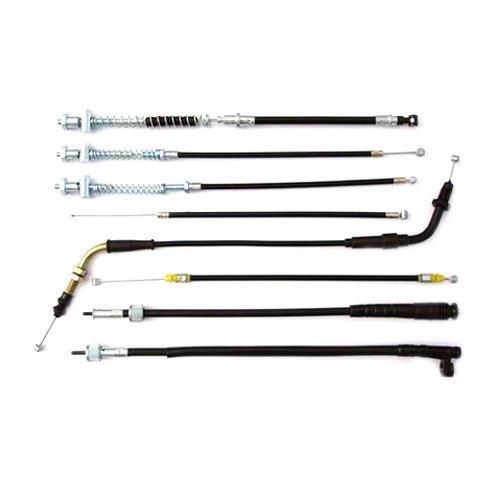
Motorcycle cables may look simple, but they play a critical role in ensuring smooth control and safe riding. From throttle and clutch response to braking efficiency, these cables act as lifelines between your hands and your machine’s key functions. Over time, however, they can wear out, leading to performance issues or even safety hazards if not addressed. Let’s take a closer look at the most common problems and how you can fix them before they compromise your ride.
One of the most frequent issues riders face is cable fraying, especially near the lever ends where movement is constant. Frayed cables not only make controls feel rough but can snap unexpectedly. The best fix is to replace the cable immediately—temporary patch-ups are risky. Regularly inspecting the ends of your motorcycle cables and keeping them well-lubricated can prevent premature wear.
If your throttle feels sluggish or your clutch doesn’t disengage smoothly, chances are the cables have become stiff due to dirt, rust, or dried-up lubrication. Cleaning and lubricating the cables with a proper motorcycle cable lube can restore smooth movement. For heavily corroded or kinked cables, replacement is the safest option.
Over time, motorcycle cables can stretch, affecting tension and responsiveness. A stretched clutch cable, for instance, can make gear shifting difficult, while a stretched throttle cable can reduce acceleration response. Adjusting the cable tension using the adjusters near the lever or engine end can resolve minor stretching. If the cable has stretched too much, replacement is necessary to maintain proper performance.
Cables that are incorrectly routed or bent sharply around the handlebars or frame can wear out quickly. This also leads to stiff operation and uneven performance. During routine maintenance, check that your motorcycle cables follow a smooth, natural path without sharp bends. Re-routing cables correctly can often solve this issue without needing replacement.
Motorcycle cables are often overlooked until something goes wrong, but regular inspection and maintenance can save you from unexpected breakdowns. Keep them clean, properly routed, and lubricated, and replace them at the first sign of serious wear. A well-maintained set of cables ensures smooth handling, precise control, and most importantly, a safer ride. For riders who depend on their bikes daily, paying attention to these small yet vital components is a habit worth cultivating.



